
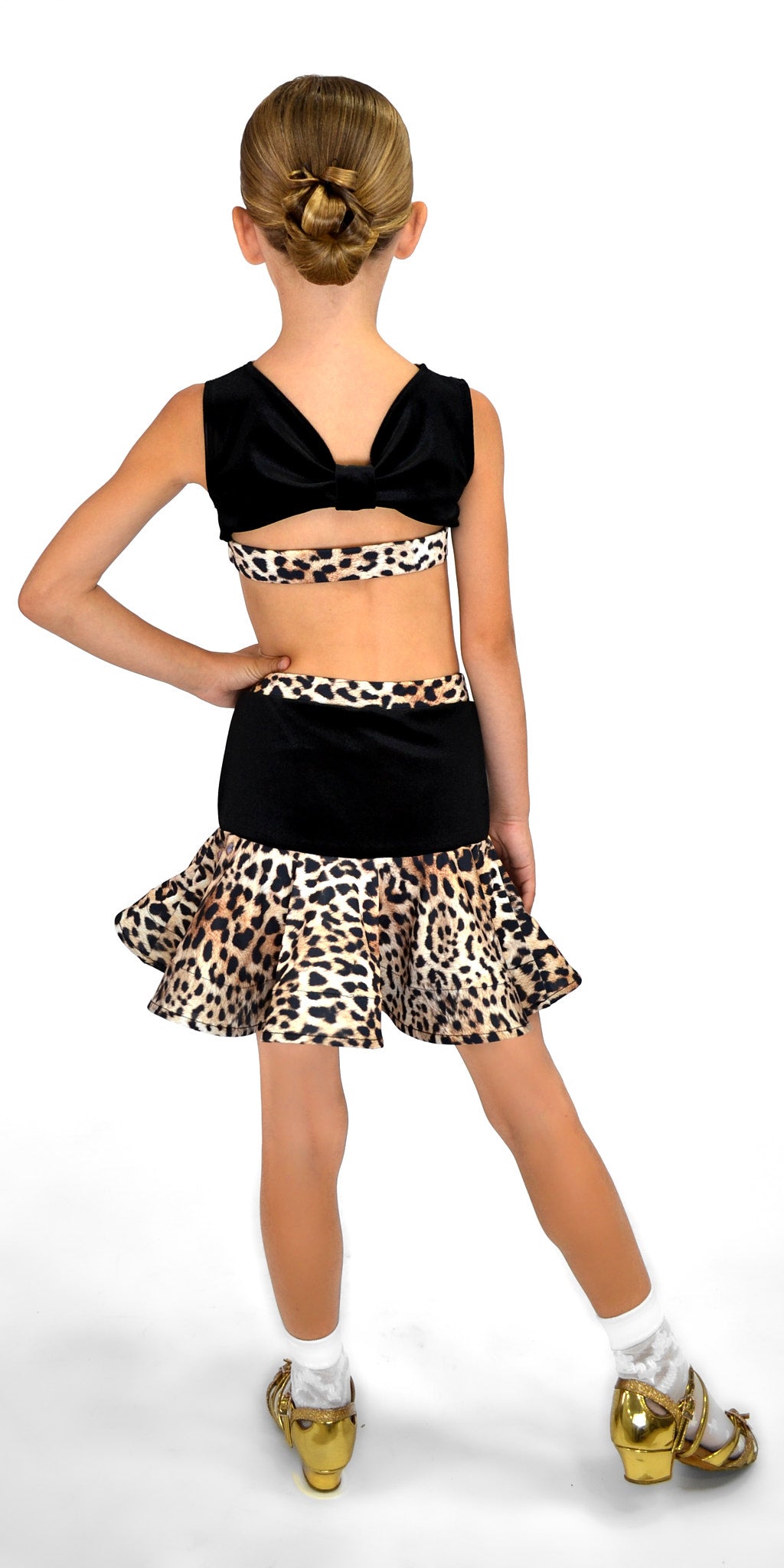
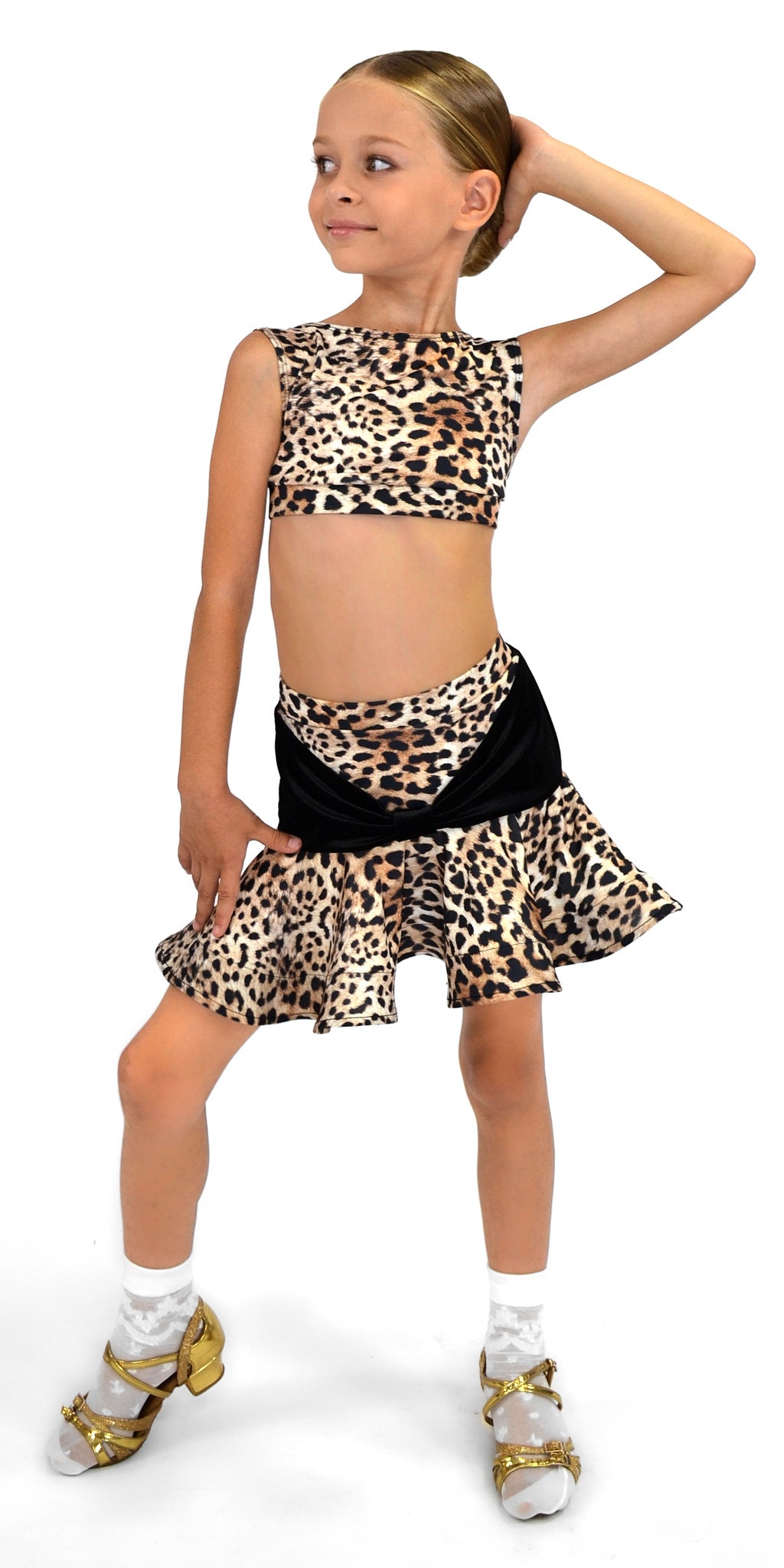
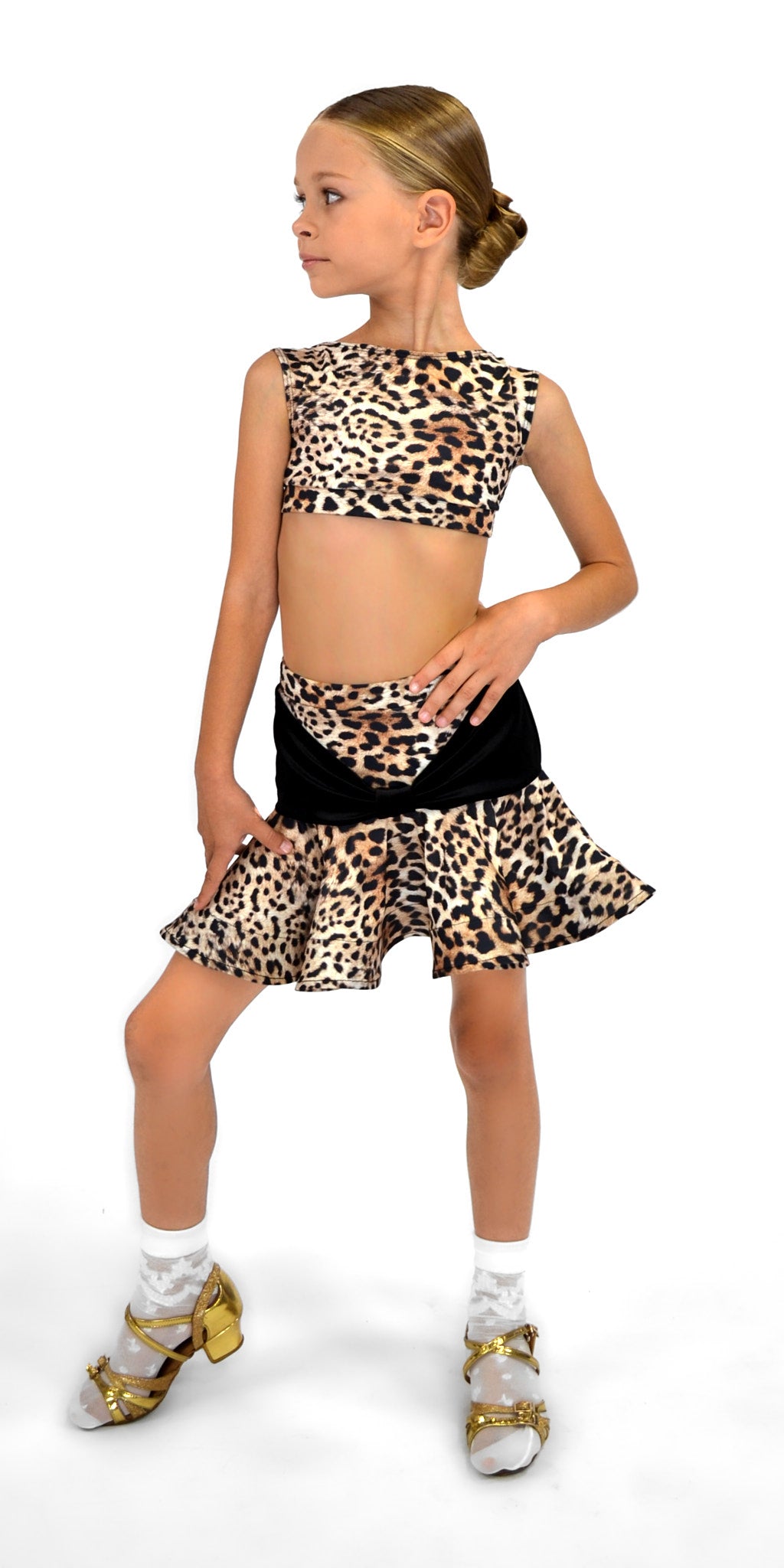
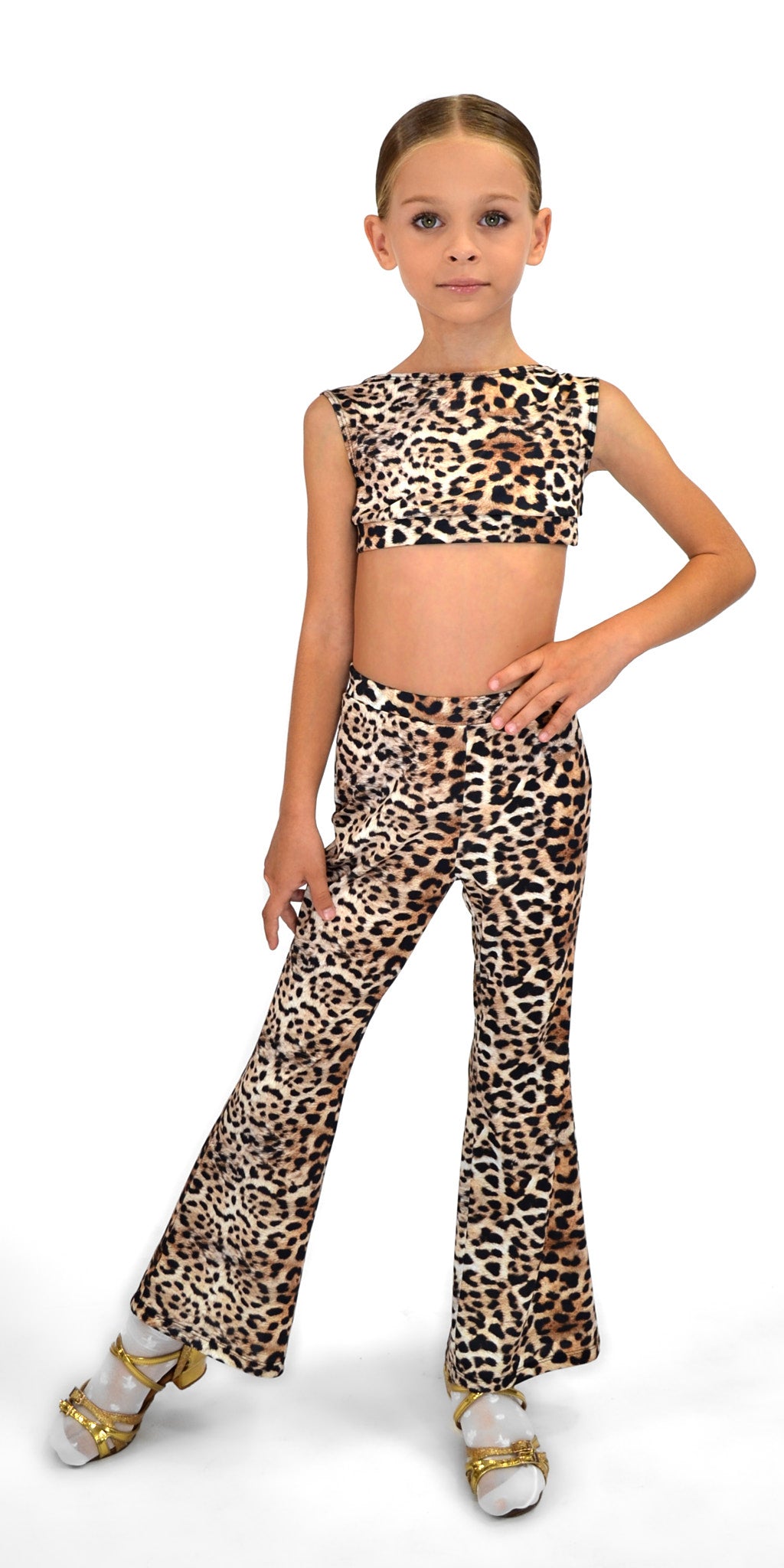
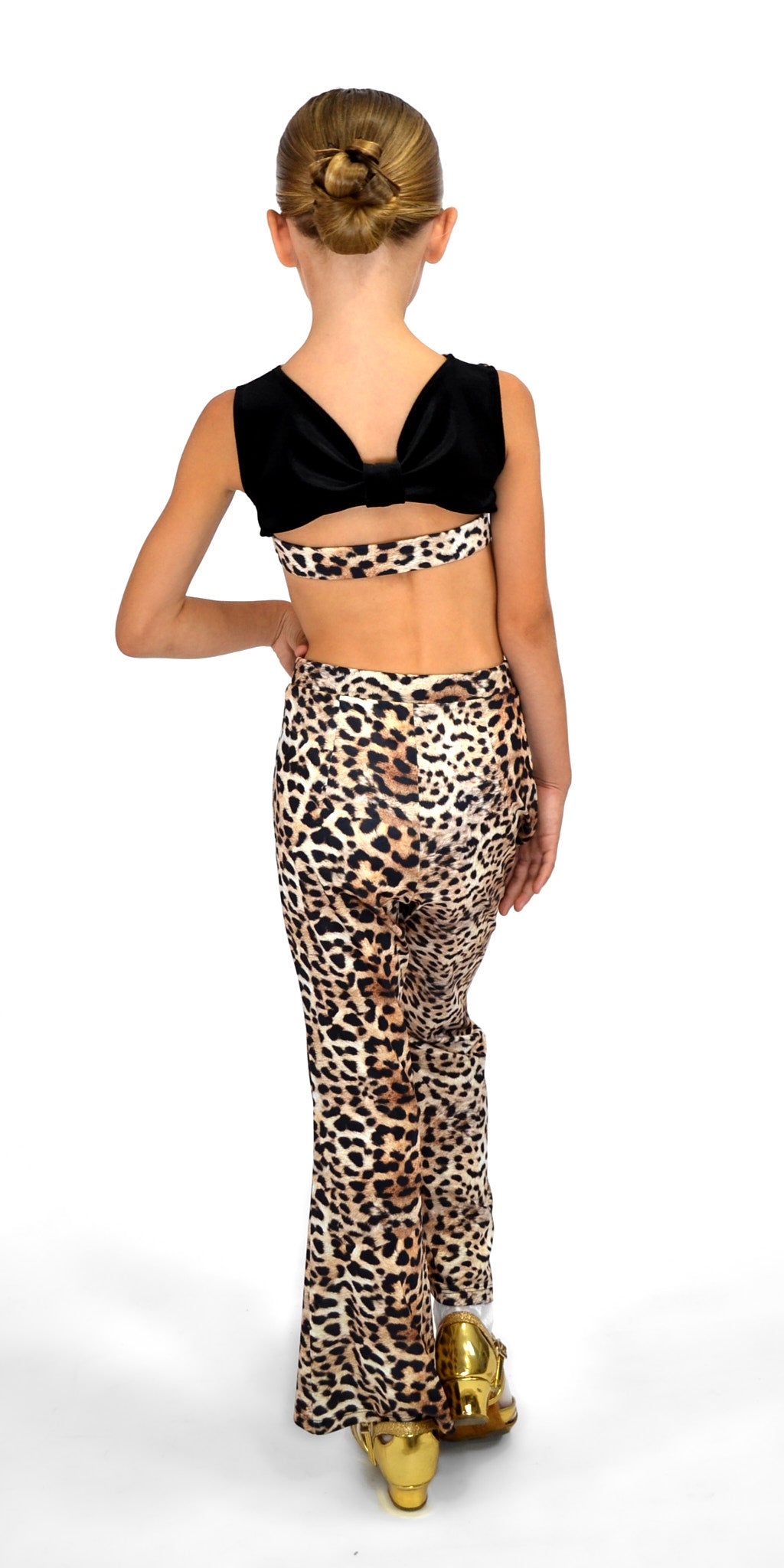
Sizing Kids Girls
size chart, inches

size chart, cm

Simple Method for Accurate Measurements
To ensure the most accurate measurements, the person should wear snug-fitting clothing or underwear. Measurements over other clothing will be less accurate.
During measurement, ask the person to stand straight, look forward, and breathe deeply to ensure natural posture and additional volume, especially crucial for chest and waist measurements. The measuring tape should not be overly tight but without slack.
Bust - Measure at the widest part of the chest, keeping the tape horizontal, with arms by the sides.
Waist - To find the natural waistline, ask the child to bend sideways and place a finger at the indentation. When the person straightens, use this point as a guide for measuring the waist.
Hips - Measure while standing with legs together horizontally, along the fullest part of the hips.
Girth - The important measurement when choosing the size of one-piece clothing (leotards, unitards, biketards etc.). Place the measuring tape at the top of one shoulder and pass it across the fullest part of your chest, down your torso, through your groin area and back to the same shoulder, making sure the tape closely follows the contours of your body.
Inseam - Place the measuring tape on the inner leg, measuring from the crotch to the floor.
Record the measurements! Match them to the closest size on the size chart.
The key measurements are volume measurements (Bust, Waist, Hips). These measurements should be the primary focus when choosing clothing sizes.
If measurements fall between two sizes, it is better to choose the larger size!





